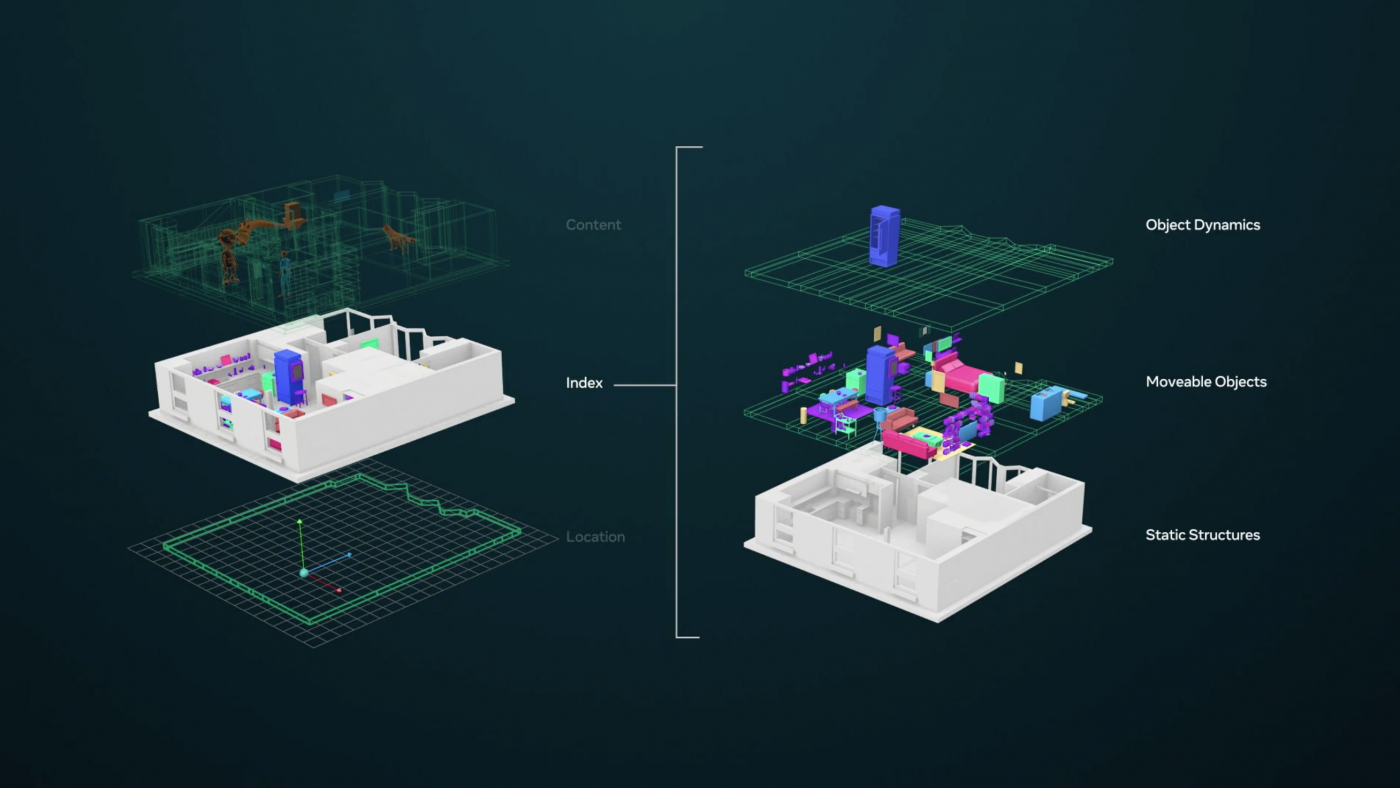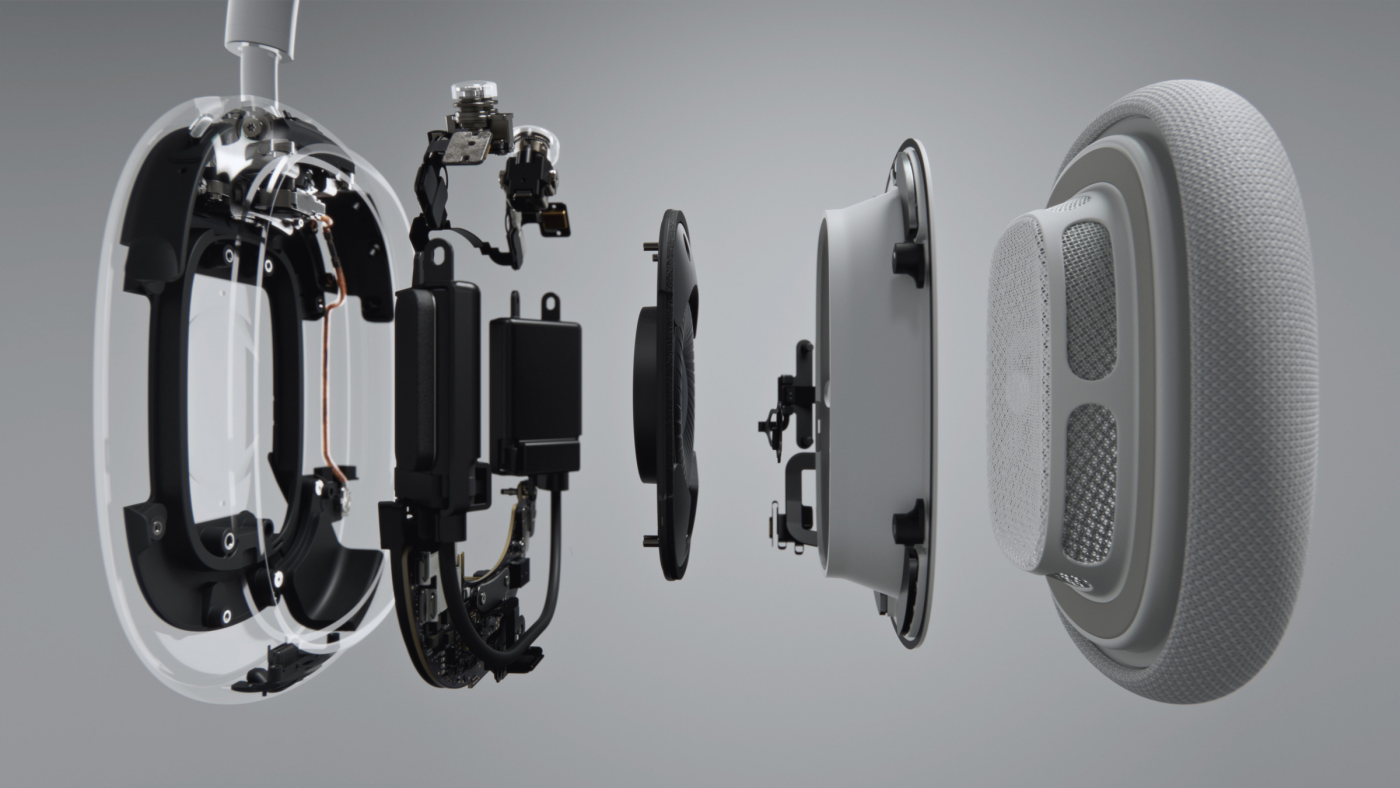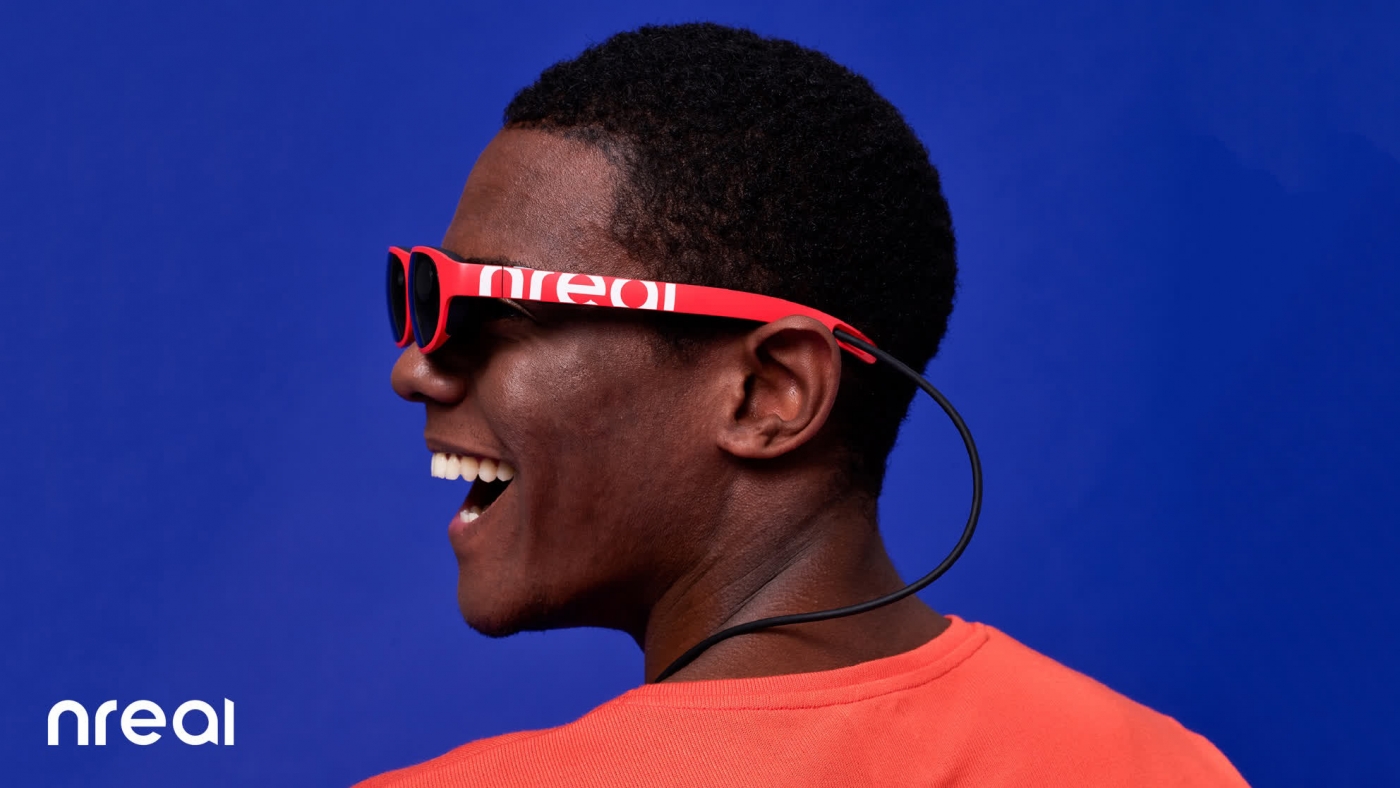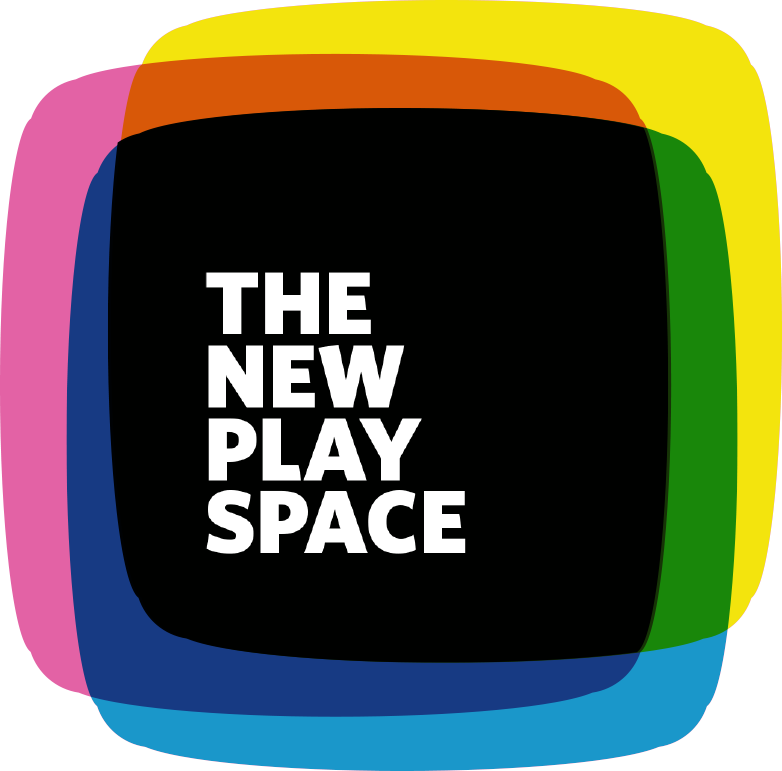In 2021, we are going to see significant shifts in Computer Vision, Geospatial and Immersive Audio, while novel technology such as brain-computer interfaces will become more prominent. Here are our predictions for what is guaranteed to be an exhilarating year in immersive tech.
2020 is coming to an end. It’s been an interesting year for all of us, not just considering world events but also how far the market landscape and audience expectations have shifted over the last 12 months. Convergence is fueling innovation within immersive, and as technologies collide, compelling and exciting new ways to play are emerging in this space (more about it here).
So, are you excited yet? You should be! Well, just before we dive into next year, let’s take a quick look at the XR headlines from 2020:
- AR became mainstream, officially dropping off Gartner’s hype cycle. It’s now estimated that there are around 600 million AR users globally.
- Apple and Google released exciting new updates to their location anchor tech, which now give us the capability to map virtual content to real-world locations with more precision, in addition to laying the groundwork for collaborative, location-based experiences.
- High-speed 5G networks started rolling out, supported by alliances between tech and telecoms companies.
- Finally, 2020 was the year of depth, where our devices can now construct a lifelike 3D representation of our space, revolutionising how virtual content interacts with it.
And this is just a sample of what’s happened this year. At PRELOADED, we have been investigating, experimenting and playing with new immersive tech to help our partners understand what the XR roadmap looks like for the next few years. There’s a lot to come, but here’s what we believe will capture the audience’s attention in 2021:



